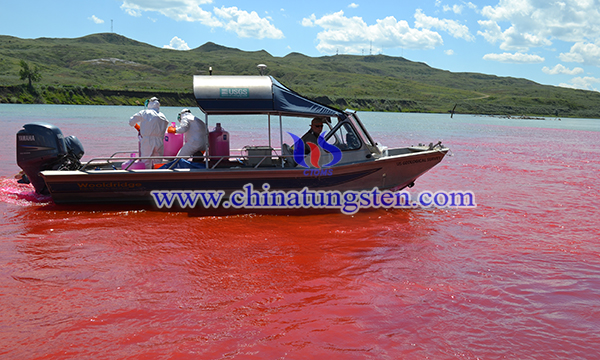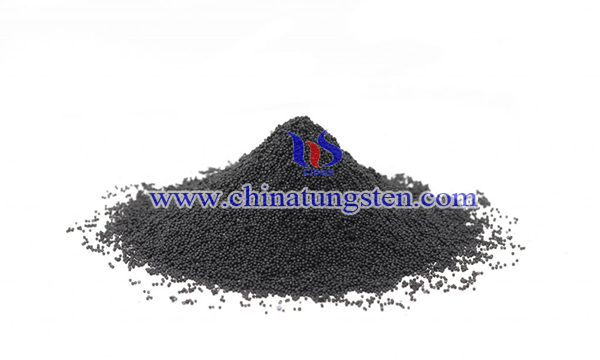Carbon Additives to WO3 for Enhanced Photocatalytic Performance
- Details
- Category: Tungsten Information
- Published on Monday, 18 October 2021 00:38
Photocatalytic degradation is considered as a promising technology for complete wastewater decontamination because of its organic and synthetic dormancy, essential limit, cost-viability, and long haul security against chemical corrosion. Photocatalytic degradation on dyes such as rhodamine B (RhB) has gained a lot attention.
Tungsten oxide (WO3) is a promising candidate for photocatalyst owing to its narrow energy gap (2.4–2.8 eV), high oxidation potential (+3.1–3.2 VNHE) of the valence band (VB), which is further meritorious for inducing the performance under visible light. However, WO3 has lower conduction band level which limits its applications. Modifications of WO3 by doping with carbon additives is a promising route.

Carbon additives have been added to WO3 for an enhanced photocatalytic performance, the as-prepared WO3/Carbon mixtures can be applied in photocatalytic degradation of organic pollutants. The synthesis of WO3/Carbon mixture is as below:
Commercially available WO3 powder (Sigma Aldrich) was used as precursors of WO3/carbon photocatalyst. The carbon additives are a nanoporous carbon prepared by chemical activation of a lignocellulosic residue. WO3/carbon catalyst with 2 wt.% carbon additive was prepared by physically mixing semiconductor powder and as-is carbon in a mortar. The SEM-EDX image confirmed the distribution of carbon additives in the semiconductor matrix.

The incorporation of the carbon additives to tungsten trioxide has a marked positive effect on the degradation reaction, with a superior performance of all the hybrid WO3/carbon catalysts compared to the bare semiconductor. The impact of the incorporation of nanoporous carbons as additives to tungsten oxide on the photocatalytic degradation of two recalcitrant pollutants: rhodamine B (RhB) and phenol, under simulated solar light. Despite the low carbon content used (2 wt.%), a significant increase in the photocatalytic performance of the semiconductor was observed for the catalyst. Moreover, the influence of the carbon additive on the performance of the photocatalysts was found to be very different for the two pollutants. Carbon additives of hydrophobic nature increased the photodegradation yield of phenol compared to bare WO3, likely due to the higher affinity and stronger interactions of phenol molecules toward basic nanoporous carbons. Oppositely, the use of acidic carbon additives led to higher RhB conversions due to increased acidity of the WO3/carbon mixtures and the stronger affinity of the pollutant for acidic catalyst’s surfaces. As a result, the photooxidation of RhB is favored by means of a coupled (photosensitized and photocatalytic) degradation mechanism.
- Tungsten Oxide Manufacturer & Supplier, Chinatungsten Online: www.tungsten-oxide.com
- Tungsten News & Prices of China Tungsten Industry Association: www.ctia.com.cn
- Molybdenum News & Price: news.molybdenum.com.cn
- Tel.: 86 592 5129696; Fax: 86 592 5129797; Email: sales@chinatungsten.com



 sales@chinatungsten.com
sales@chinatungsten.com